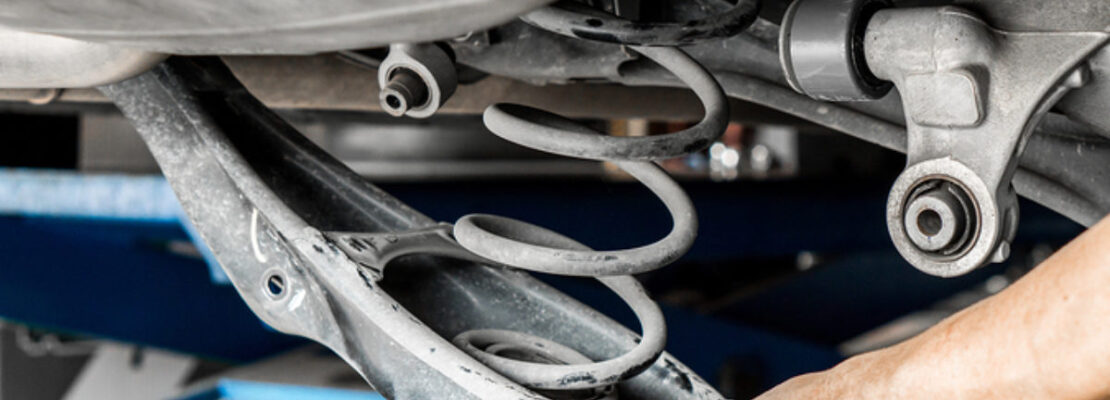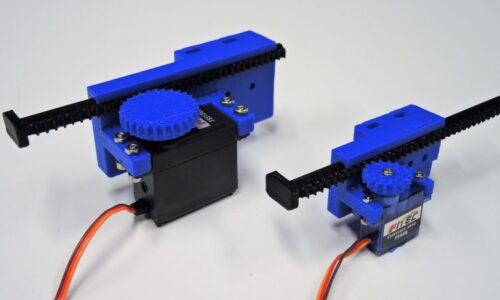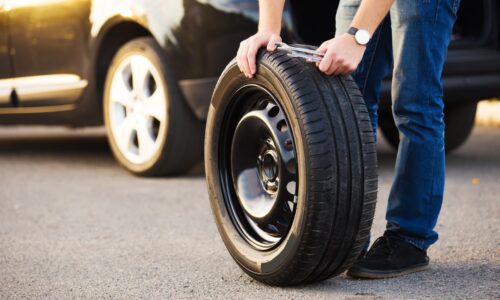An air suspension system is made up of an air spring, also known as plastic/airbags, rubber, and an airline system, all of which are linked to an air compressor, valves, solenoids, and electronic controls. All components form the air suspension system, and slight inconvenience causes several problems.
The onboard compressor is an electric pump that delivers air to the airbags via multiple lines. Valves are crucial in this situation because they control airflow and allow air to enter various system parts. Other than this, the vehicles must be maintained in several ways. Further in this article, we will discuss different issues vehicles might face in the long run.
What Are Sagging, Bouncing, Or Tilting?
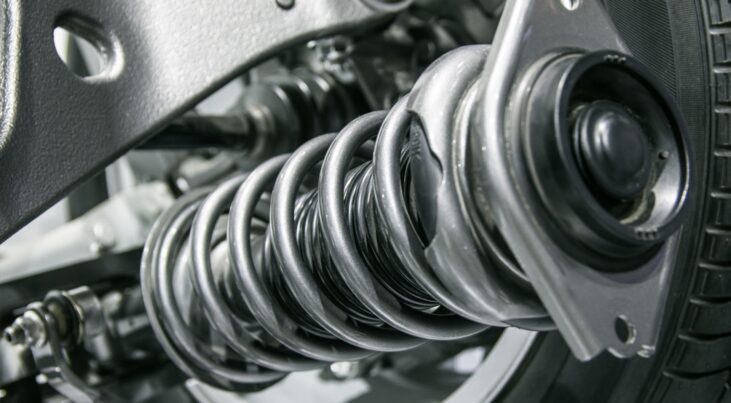
Sagging, bouncing, and tilting tremendously affect the working of the vehicles. If your vehicle already has an air suspension system, but it is not effectively working, it is time to repair it. Almost 70% of vehicles usually have an air suspension system but do not get repaired. Air suspension ensures comfort, reducing noise or vibration, also it reduces the response of the vehicle to bumpy roads.
To find the right air suspension system, you can check out VigorAirRide and learn what services are provided in air suspension system repair and what benefits it will provide to the vehicle. Further, you should scroll down to learn what bouncing, tilting, and sagging are and how they should be controlled.
Bouncing:
Bouncing is when the vehicles have a strong downward and upward motion. The up-and-down motion of the vehicle’s body caused by the suspension system’s compression and rebound is called bouncing in vehicles.
Bouncing can occur when a vehicle’s suspension is too stiff or soft after encountering bumps or uneven road surfaces. When a vehicle is used on bumpy roads, it tends to face problems in its system after some time. Excessive bouncing can reduce comfort and control by reducing tire contact with the road, affecting traction and handling. To make the vehicle work properly, the air suspension system ensures that the vehicle has a controlled response to bumpy roads.
Also, several other causes of your car bouncing or swaying include misaligned wheels, excessive or uneven tire wear, damaged struts, worn shock absorbers, and many others. Due to bouncing, the air suspension system tends to deteriorate, and by getting it repaired, the vehicle can swiftly work on any kind of road. Tilting:
During turns or maneuvers, the vehicle leans to one side. It’s a natural effect caused by the weight shifting from the inside to the outside wheels as the vehicle turns. Several different types of vehicles get overweight, which results in tilting of the vehicle.
There are several different cons of tilting, which can affect the vehicle’s working in several ways. While some tilting is normal and is built into the geometry of a vehicle’s suspension, excessive tilting can reduce stability and potentially affect handling and passenger comfort. This affects the air suspension system, and eventually, the vehicle faces a lot of issues. Later, the tilting deteriorates the air suspension system over time. In these situations, the air suspension should be repaired as soon as possible to ensure swift rides.
Sagging:
Sagging is the downward deformation of a vehicle’s suspension system when loaded, usually due to the weight of the vehicle, cargo, or passengers. Due to sagging, the airbags tend to leak and do not hold the air pressure, which usually gives support to the vehicles in these times.
Sagging also affects tire wear, which usually makes it harder for the vehicle to work in the long run. Sagging suspension can reduce ground clearance and negatively impact vehicle handling and ride quality. Due to uneven loading, the other vehicle components also experience several operational problems. It affects the control arms, springs, and other components, ensuring that the vehicle can take long rides with heavy loading.
Different Signs Your Vehicle Needs Air Suspension Repair:
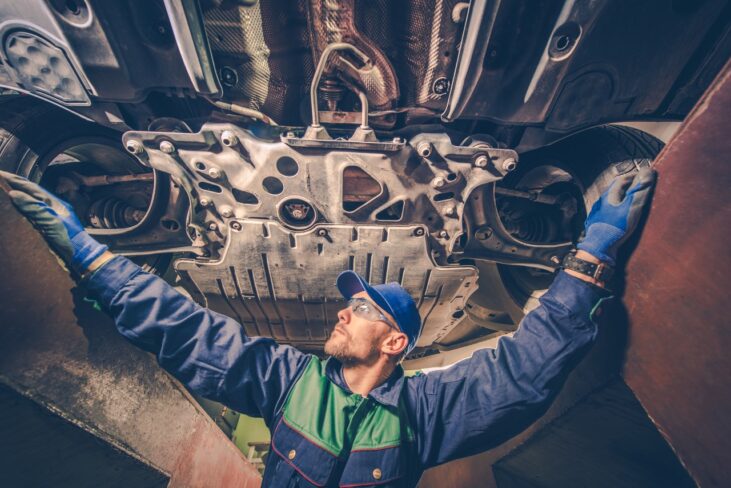
Along with excessive bouncing, vibrations, tear wire, and tilting, several signs make it essential to repair your vehicle’s air suspension system. Scroll down to know more about it and ensure swift rides on your vehicle.
During Turns, Shifting, Or Pulling:
When your vehicle turns, a properly functioning suspension system helps it maintain stability and control. It emanates the air pressure, ensures that the vehicle doesn’t feel instability, and ensures proper control. If your vehicle drifts or pulls to one side during turns, it could be due to suspension issues. When you feel that the disbalance of the vehicles is becoming too prevalent, it is time to get it repaired by the technician.
This problem frequently occurs when suspension components, such as struts or shocks, become worn or damaged. You need to get replaced immediately; otherwise, accidents can occur.
Rear Squatting Or Nose Diving When Braking Or Accelerating:
Your suspension system should properly transfer weight when you apply the brakes or accelerate, ensuring a balanced and controlled driving experience. It should handle and respond quickly, regardless of the weight (up to its potential). While driving, you can feel that the acceleration is not strong, and many situations make it harder to ride normally than you need to check the vehicle.
If you notice your vehicle’s nose-diving forward excessively during braking or the rear end squatting down during acceleration, it could be a sign that your suspension system isn’t working properly. These are common ways to get the idea of an air suspension siren not working properly. The vehicle’s speed also deteriorates over time if it is not maintained. Frequent maintenance and repair of the vehicles should be promoted; otherwise, the performance of the vehicles be highly impacted.
Wrapping Up
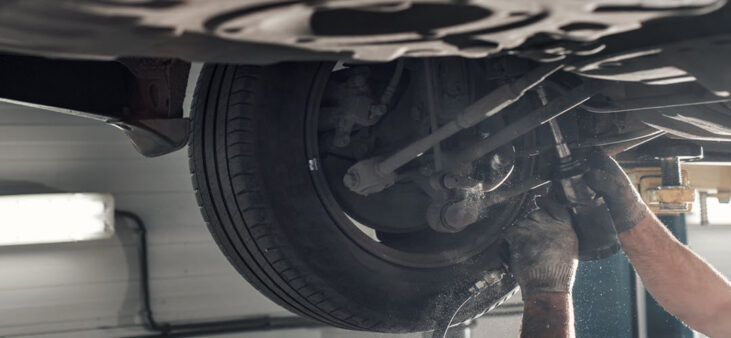
Overweighting of vehicles is usually the root cause of problems arising in the air suspension system. Firstly, overweighting should be avoided as most vehicles get into accidents because of disbalance, less control, and loose acceleration. If a vehicle faces low speed and ineffective performance, it is proper to get it repaired from a reliable source to ensure fewer technician visits.

